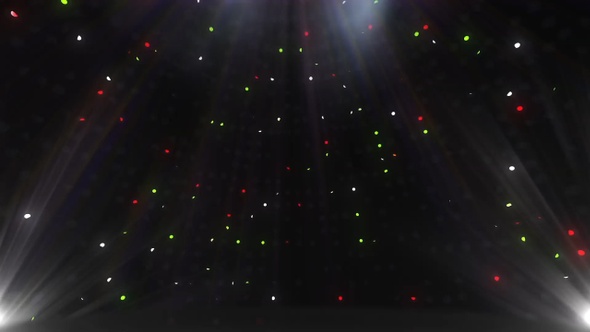Keep your most frequently used effects and keyframes at your fingertips! Learn how to save After Effects presets in this quick tutorial.
Importing from After Effects and Adobe Premiere Pro; Importing and interpreting video and audio; Preparing and importing 3D image files; Importing and interpreting footage items; Working with footage items; XMP metadata; Working with text and graphics. Formatting characters and the Character panel; Text effects; Creating and editing text layers; Formatting paragraphs and the Paragraph panel. Browse and preview the After Effects Text Presets Animation on our animated thumbnails gallery, You can find the text presets animation on the Effects & Presets windows panel of After Effects.
If you frequently create the same effects over and over, you should try creating an animation preset. Presets are essentially a preset list of effects and keyframes that can be quickly recalled and used over and over again in future projects. Magic win tip 2018. Unlike saved project files, animation presets can be found in your effects browser on the right side of your After Effects interface.
Step 1: Create Your Effect
Animation presets go far beyond simply saving effects. You can also save expressions, shape properties, transformation properties, and keyframes. Keep that in mind when you are saving animation presets.
After Effects behaviors presets are combinations of expressions and multiple effects that you can apply to any layer. Check a preview of each presets here.
Step 2: Save Preset
Select all of the effects that you want to be translated into the animation preset by holding down the shift key and selecting the effects or properties that you want transferred over. Keep in mind that this also works for shape layers — but if you do decide to create a shape layer preset, you’ll need to create another shape layer when you drag and drop your effects preset in the future.
Once selected, simply navigate to Animation>Save Animation Preset. You will be prompted to select a place to save your new preset. Note: You must save your preset in the presets folder in your After Effects application folder.
Step 3: Recall Preset
In the effects browser, simply recall your preset in the location in which you saved your effects preset. For most effects, you can simply drag and drop your effects to your layer.
Want to learn more about presets in After Effects? Check out a few of the following resources:
Know of any awesome effects presets? Share in the comments below.
Sign In
Register
- Access to orders in your account history
- Ability to add projects to a Favorites list
- Fast checkout with saved credit cards
- Personalized order invoices

Effects And Presets In After Effects Free Download
Create Account
Home > Articles
Text Effects And Presets In After Effects
␡- Starting the Project
When you apply an effects preset, it can contain multiple effects that already use specific settings and may be a combination of effects that produce a specific result. In this sample chapter from Learn Adobe After Effects CC for Visual Effects and Motion Graphics, learn how to save time with animation presets.
This chapter is from the book This chapter is from the book
This chapter is from the book
Starting the Project
ACA Objective 2.1 Tales of ordinary madness short story collection.
To start learning the effects in this chapter, first set up the project:
Create a new After Effects project as you’ve learned in previous chapters, and save it in the ch3 folder as preset.aep.
Create a new composition as shown in Video 3.2.
Import the two video files in the lesson files folder for Chapter 3. Remember to keep your files organized as you build this project. You can start by moving the two video files into their own folder in the Project panel. In Video 3.2, the folder is named media.
Create a new composition. In Video 3.2, the composition is named preset bg and uses the NTSC DV preset, but you can use a different name and preset if you want.
The NTSC DV preset used in Video 3.2 is an older standard that was widely used in North America for early standard definition, non-widescreen digital video in the 2000s. Today, NTSC DV has been replaced by HDTV standards.
Put the composition in its own folder in the Project panel.
Fetele gilmore online. Create a new solid at the default size (the composition size) with a white color, and name it Background (Figure 3.1).
Figure 3.1 The new project, composition, and solid set up in After Effects
As you learned in Chapter 2, a solid is commonly chosen to create a layer for use as a background for effects.
Start Adobe Bridge. You can use any of the methods suggested in Chapter 1 to start Bridge, such as using the application launchers, shortcuts, or search features of your operating system.
